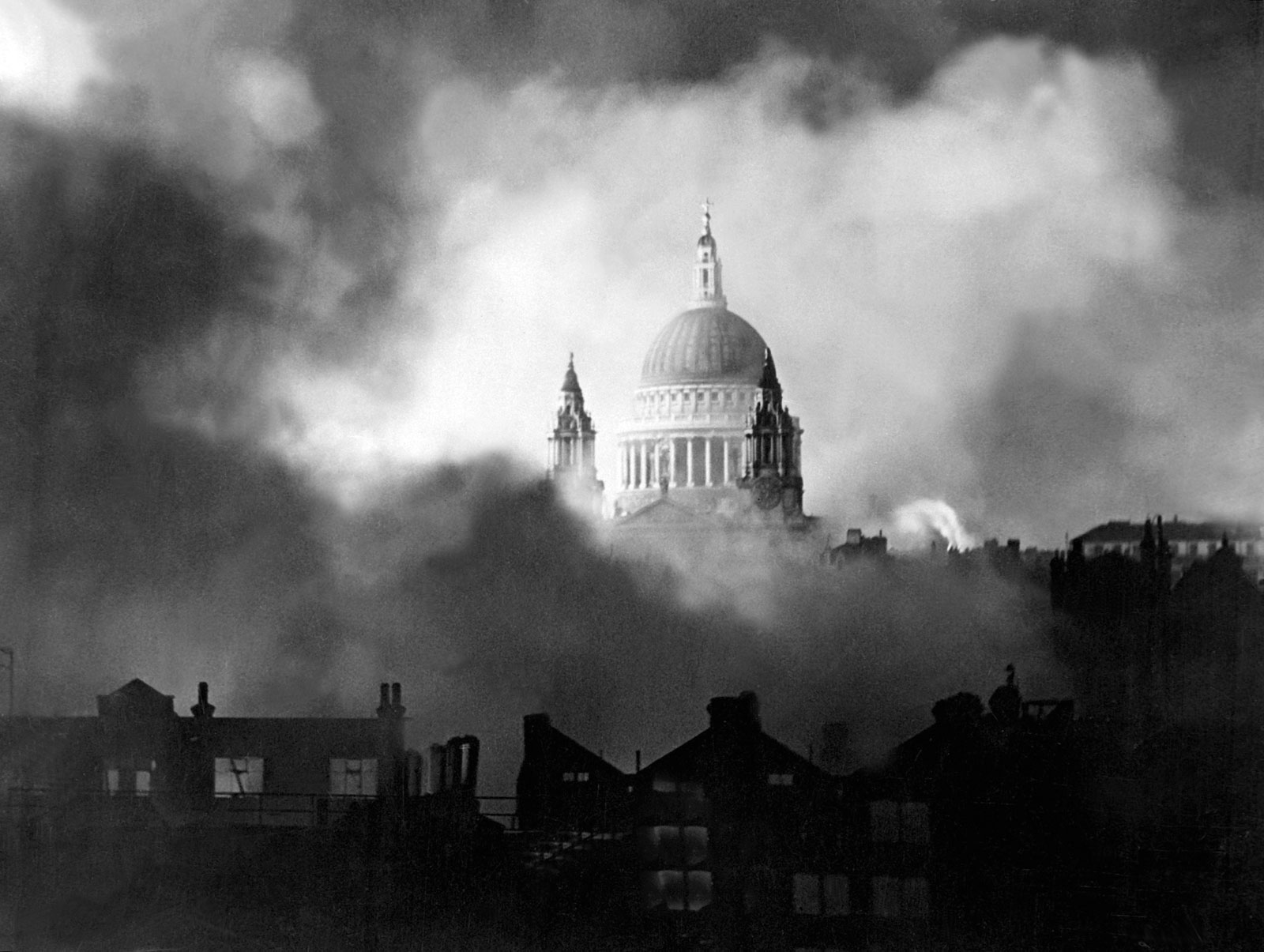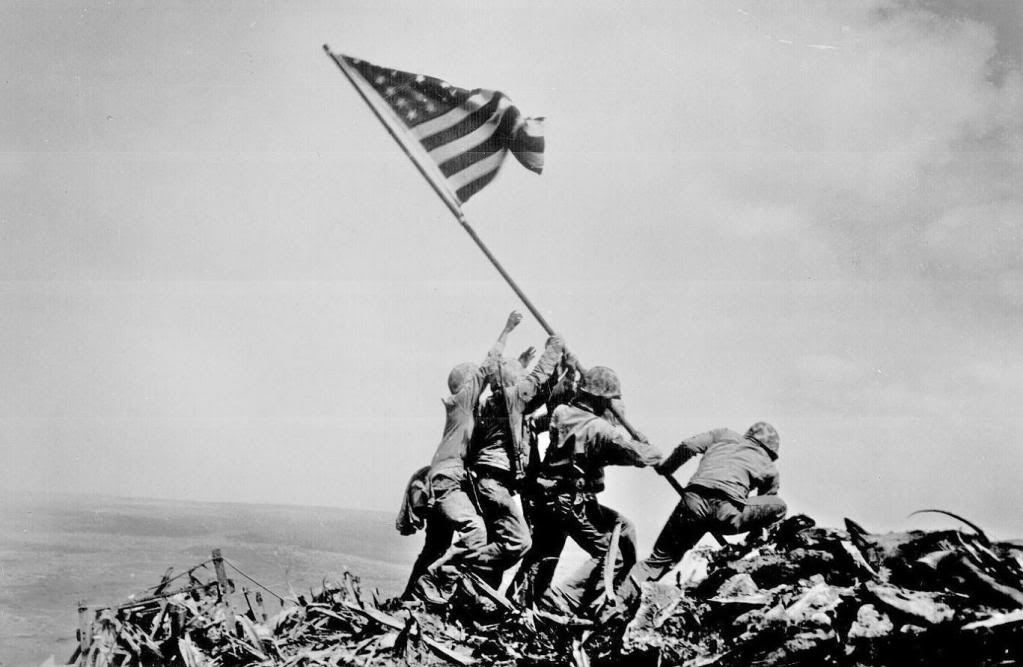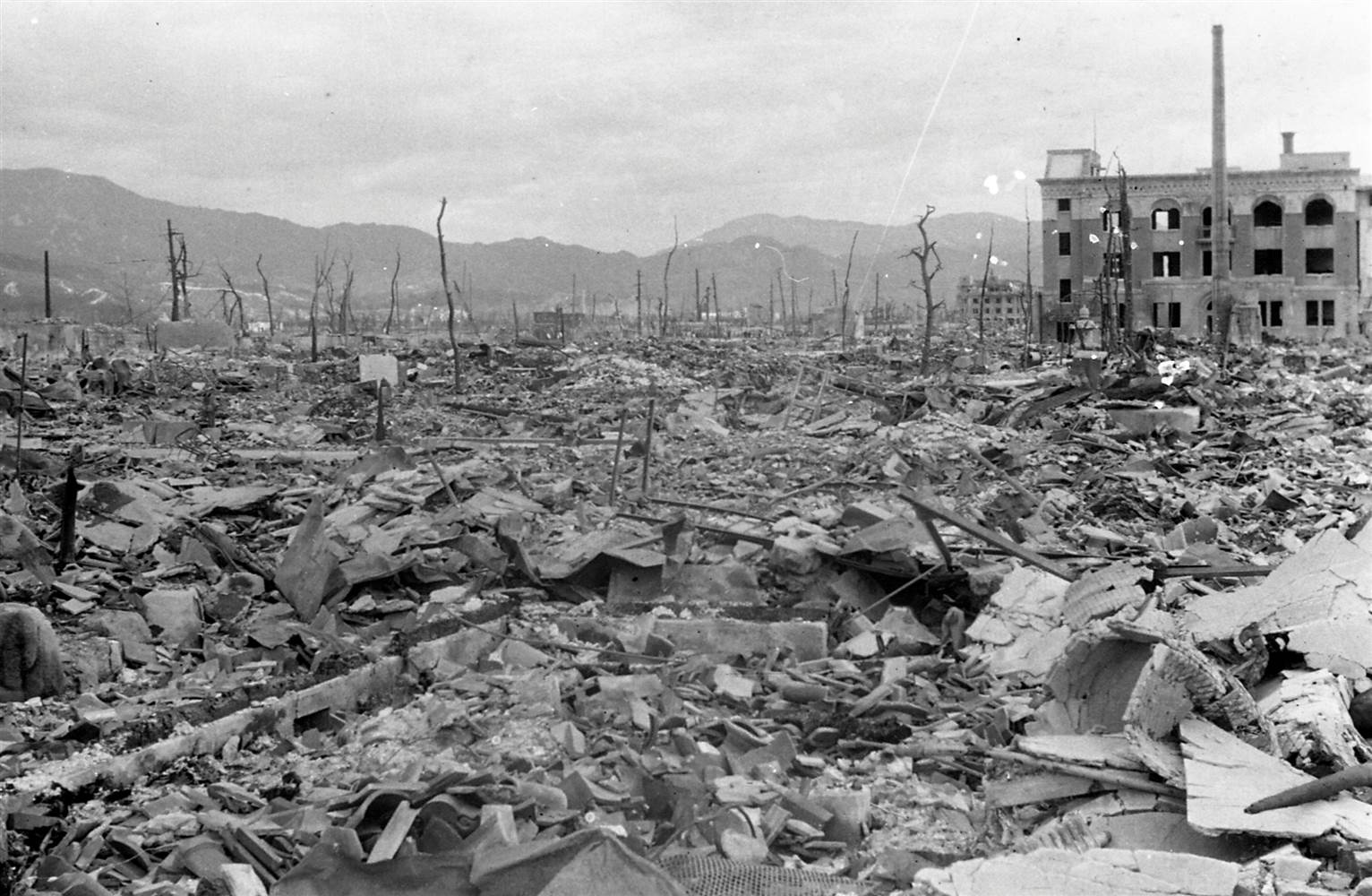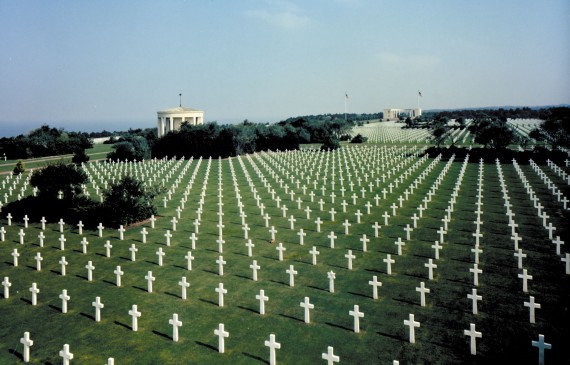
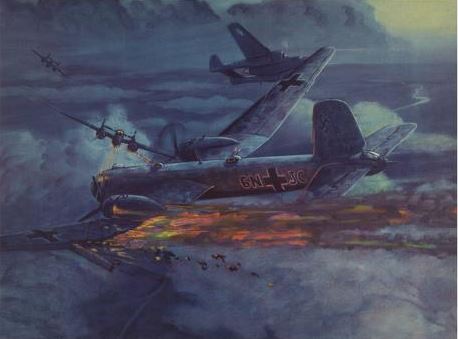
Most people living in Germany during the Great Depression were born when the newly united German Empire was the most formidable of European powers. They had then lived through World War I, which ended with a humiliating defeat, the Kaiser's abdication, and the establishment of a weak Republic that immediately surrendered to Germany's enemies, signed the humiliating Treaty of Versailles, and brought on the worst of the Great Depression.
In their desparation, they saw great appeal in the Nazi Party's promises to return Germany to a position of strength. Unfortunately, those promises came with anthropological theories about German supremacy and eugenics programs to ensure the dominance of the "Aryan master race."
At first, the international community looked on as Hitler did indeed prove very successful in bringing Germany out of the Depression, returning it to a position of military strength, and even completing the project of German unification by annexing Austria, which had been left out when Germany was united in 1871. Although this all violated the Treaty of Versailles, many European countries saw that the treaty really was not fair to Germany, and practiced a policy of "appeasement," allowing Hitler to have his way, hoping he would soon be satisfied.
He was not, and after securing an alliance with the Soviet Union, Hitler attacked Poland in 1939. Britain and France immediately declared war on Germany. Germany responded with the Blitzkrieg, an updated version of the old Prussian strategy of attacking with full force to win a victory before the opponent even had time to respond. Nazi forces occupied Poland, then turned north and occupied Denmark and Norway, and within just a few months had steamrolled through the Netherlands, Belgium, and Luxembourg, entering France and occupying Paris. France surrendered in June 1940. The German Luftwaffe (air force) then launched the Battle of Britain, an extended campaign of bombing that devastated British cities.
Meanwhile, Japan had taken advantage of the fact that Europe's attention was focused at home, and began to expand its imperial ambitions in Asia. The Japanese had been extending their control over Pacific islands for many years, and now burst out in full force. By 1942 Japan controlled Korea, Manchuria, northeastern China, Burma, Thailand, Indochina, Malaya, Sumatra, Borneo, Java, the Philippines, Guam, Iwo Jima, New Guinea, the Solomon Islands, and the Marshall Islands. As they approached Hawai'i, the Japanese knew they would soon come into conflict with the Americans, so they pre-emptively attacked the American naval base at Pearl Harbor. The United States responded by declaring war on both Japan and Germany.
In the summer of 1941, Hitler broke his treaty with the Soviet Union and invaded Russia. The Russians were taken completely off guard and their entire eastern front was overrun by the Nazis, who hoped to knock the Soviets out of the war as quickly as they had France. However, Russia is very big, and the Soviet government did not collapse like the Germans expected it to. The German army was forced to keep fighting long after the campaign was supposed to be over, and the Soviets continued to put up stiff resistance over the next two years. In 1944, the Russians began to push the Nazis back along their eastern front, and the Americans landed a huge invasion force at Normandy in France. Realizing the situation was hopeless, Hitler shot himself, and the German military effort fell apart. The Americans and Soviets raced for Berlin. The Red Army got there first.
On the other side of the world, the Japanese and Americans grappled for control of the Pacific island-by-island. Eventually, the Americans began to gain the upper hand, but at great cost. To end the war more quickly and, it was argued, with far fewer lives lost, the United States became the only country in world history to use nuclear weapons against an enemy. These newly invented bombs destroyed the cities of Hiroshima and Nagasaki, and Japan surrendered on September 2, 1945, ending the war.
World War II was the most destructive conflict in history. Russia lost over 26 million lives as a result of the Nazi invasion and subsequent counterattack. China suffered over 20 million deaths under Japanese occupation. The Germans themselves lost nearly 9 million people, and Nazi-occupied Poland saw 6 million deaths. After the war, it was revealed that Nazi eugenicists had established concentration camps that killed over twelve million people, six million of them Jews, in a genocide now known as the Holocaust. Overall, about 80 million lives were lost as a result of the war between 1939 and 1945.
With economic assistance from the United States, Britain, France, and the rest of western Europe recovered quickly. Eastern Europe, however, soon realized that the Red Army was not leaving, and they had only traded Nazi occupation for Soviet occupation. For many of them, this was not much of an improvement.
